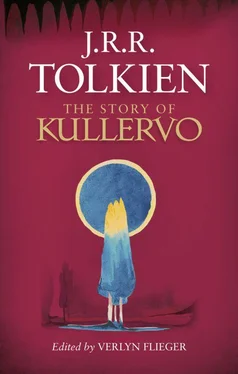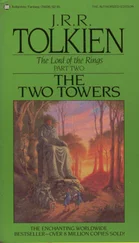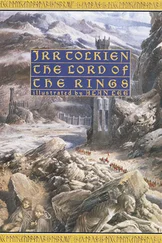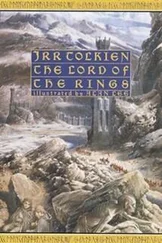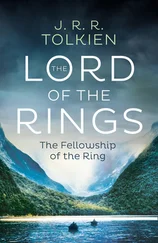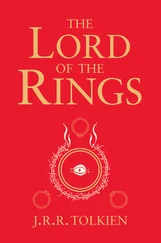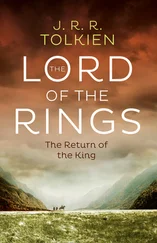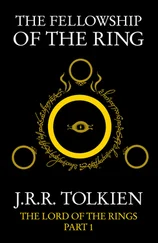Yspaddaden Penkawr. Yspaddaden ‘Chief/Head Giant’, is the father of Olwen, Kilhwch’s intended bride, and the tasks he assigns are not meant to test the prospective lover but to kill him. The character contributed not a little to Thingol, father of Lúthien, who assigned Beren the task of bringing back a Silmaril from the Iron Crown of Morgoth in the expectation that Beren would die in the attempt.
109 feeling for colour that Keltic tales show. The spelling-change from Celtic in the manuscript essay to Keltic in the typescript revision is noteworthy but absent of explanation. Both spellings are recognized in modern dictionaries, probably due to the word having come into English twice, once through French from Latin and again through German from Greek. The C-spelling comes from the Latin Celtae and entered English in the 1600s through French Celtes . The K-spelling comes from the original form Keltoi , the name given by Greeks to tribes along the Danube and Rhone rivers, and its use by 19th-century German philologists. It has been pointed out to me by Edmund Weiner, co-author with Peter Gilliver and Jeremy Marshall of The Ring of Words: Tolkien and the Oxford English Dictionary, that Tolkien ‘was very much in a phase at this time — the Qenya glossary uses throughout, where later he switches to in Elvish’ (personal communication).
114 (as Francis Thompson says) ‘none will again behold’. Francis Thompson (1859–1907) was an English Catholic poet, best known for ‘The Hound of Heaven’, which Tolkien admired. The lines quoted here are from the concluding paragraphs of ‘Paganism Old and New: The Attempted Revival of the Pagan spirit, with its Tremendous Power of a Past, Though a Dead Past’ published in Thompson’s collection A Renegade Poet . Christopher Tolkien comments in a note in The Book of Lost Tales, Part One , that Tolkien ‘acquired the Works of Francis Thompson in 1913 and 1914’ ( Lost Tales I , 29).
‘nostalgie de la boue’. Literally, ‘yearning for the mud’. Metaphorically, the phrase describes the desire, exemplified by the Romantic attraction to the primitive, to ascribe higher spiritual values to people and cultures popularly considered lower than one’s own. The attitude was widespread in the late 19th and early 20th centuries, initiated by antiquarians, energized by the discoveries of archaeologists, and fueled by anthropological research into comparative mythology and philology, all of which encouraged the finding of value in the archaic and primitive for its own sake. The word folklore , with its condescending assumption that the ‘folk’ are other (and less educated) than the users of the term, illustrates the mind-set.
the voice of Ahti in the noises of the sea. See the note on ‘Ahti’ following the manuscript version.
121 Finnish minstrel cracking up his own profession. Talking up his own profession, praising it. Tolkien is using crack (derived from Middle English crak , ‘loud conversation, bragging talk’) as a verb in the dialectal expression to crack up , meaning ‘to praise, eulogize (a person or a thing)’. OED definition 8.
Tolkien, Kalevala , and ‘The Story of Kullervo’
The Story of Kullervo was an essential step on Tolkien’s road from adaptation to invention that resulted in the ‘Silmarillion’. It was the forerunner to and inspiration for his tragic epic of Túrin Turambar, one of the three ‘Great Tales’ of the fictive mythology of Middle-earth. Without the story itself to fit into the sequence, we have had only the beginning ( Kalevala ) and the end (Túrin) of the process, but not the crucial middle portion.
Humphrey Carpenter’s declaration in J.R.R. Tolkien: a biography , that episodes in Tolkien’s tale of Túrin Turambar were ‘derived quite consciously from the story of Kullervo in the Kalevala ’ ( J.R.R. Tolkien: a biography , p. 96), is correct, yet seems in conflict with his judgment in the same paragraph that the influence of Kalevala on the Túrin story was ‘only superficial’ (ibid., p. 96). In fact, this judgment, like Carpenter’s misplacement of Tolkien’s ‘something of the same sort’ comment (see note {5} ), is quite off the mark. Far from being a superficial influence on Túrin, Kullervo’s story in Kalevala had a profound effect and was the root and source of the story, though filtered through Tolkien’s own (at that time unknown) adaptation. Carpenter’s biography was published in the same year — 1977 — as Christopher Tolkien’s edition of The Silmarillion , which gave readers their first look at the saga of Túrin and enabled them to compare it with the Kullervo story in Kalevala .
One of the earliest scholars {6} to seize the opportunity for comparison was Randel Helms, whose 1981 Tolkien and the Silmarils suggested that the story in Kalevala ‘is a tale that begs to be transformed’. But without access to The Story of Kullervo , Helms could only see Tolkien ‘learning to outgrow an influence, transform a source’, from the ‘lustful and murderous’ Kullervo of Kalevala (Helms, p. 6) to the lovable but wayward and wrong-headed Túrin Turambar of his own legendarium. Interest in Kullervo as a source thus grew slowly, with the critical commentary of necessity overleaping the unpublished story to jump straight from Kalevala to The Silmarillion . The predictable result was that even so distinguished a Tolkien scholar as Tom Shippey could concede that ‘the basic outline of the tale (of Túrin) owes much to the “Story of Kullervo” in the Kalevala ’ ( The Road to Middle-earth , p. 297), note the likenesses in ruined family, fosterage, incest with a sister, the conversation with the sword, and stop there.
The pace picked up as the 20th century turned to the 21st. Charles Noad conceded that ‘insofar as Kullervo served as the germ for Túrin, this was in one sense the beginning of the legendarium , but only as a model for future work’ ( Tolkien’s Legendarium , p. 35). Given the lack of additional evidence, that, perforce, was all that scholars could conclude. Richard West, in general agreement with Carpenter and Helms, observed that ‘the story of Túrin did not remain a retelling of the story of Kullervo’, adding that ‘if we had the earliest version we would undoubtedly see that Tolkien started out that way, as he said, but at some point he diverged to tell a new story in the old tradition’ (ibid., 238). In her much later article, ‘Identifying England’s Lönnrot’ ( Tolkien Studies I, 2004, 69–84), Anne Petty compared Tolkien with Elias Lönnrot, the compiler of Kalevala , calling attention to the way in which both mythmakers drew on earlier sources in applying their own organization and textualization to the story elements, Lönnrot’s sources being actual rune-singers as well as earlier folklore collectors, and Tolkien’s limited (as far as she knew) to the invented bards, scribes, and translators within his fiction. What Helms and Shippey and West and Petty lacked access to was the extra-mythological, transitional story and transitional character that contributed substantially to the transformation.
The appearance in 1981 of The Letters of J.R.R. Tolkien gave us more information but little clarification, for the letters sent mixed signals, or at least showed Tolkien’s mixed feelings about the relative importance of Kalevala to his own mythology. His disclaimer that, as ‘The Children of Húrin’, the Kullervo story was ‘entirely changed except in the tragic ending’ ( Letters , p. 345) probably influenced Carpenter’s ‘only superficial’ comment. But while it is understandable that Tolkien would want to privilege his own invention and establish his story’s independence from its source, other more positive references to Kalevala in his letters give a different impression. The mythology ‘greatly affected’ him (144); the language was like ‘an amazing wine’ (214); ‘Finnish nearly ruined [his] Hon. Mods.’ (87); Kalevala ‘set the rocket off in story’ (214); it was ‘the original germ of the Silmarillion’ (87). There is no question that Túrin Turambar is a fully realized character in his own right, far richer and better developed than the Kullervo of Kalevala , and situated in an entirely different context. In that respect, it could truthfully be said that the story was ‘entirely changed’. But an essential step was omitted. The figure of Kullervo passed through a formative middle stage between the two. The Story of Kullervo is the missing link in the chain of transmission. It is the bridge by which Tolkien crossed from the Land of Heroes to Middle-earth. How he made that crossing, and what he took with him are the subjects of my discussion.
Читать дальше
